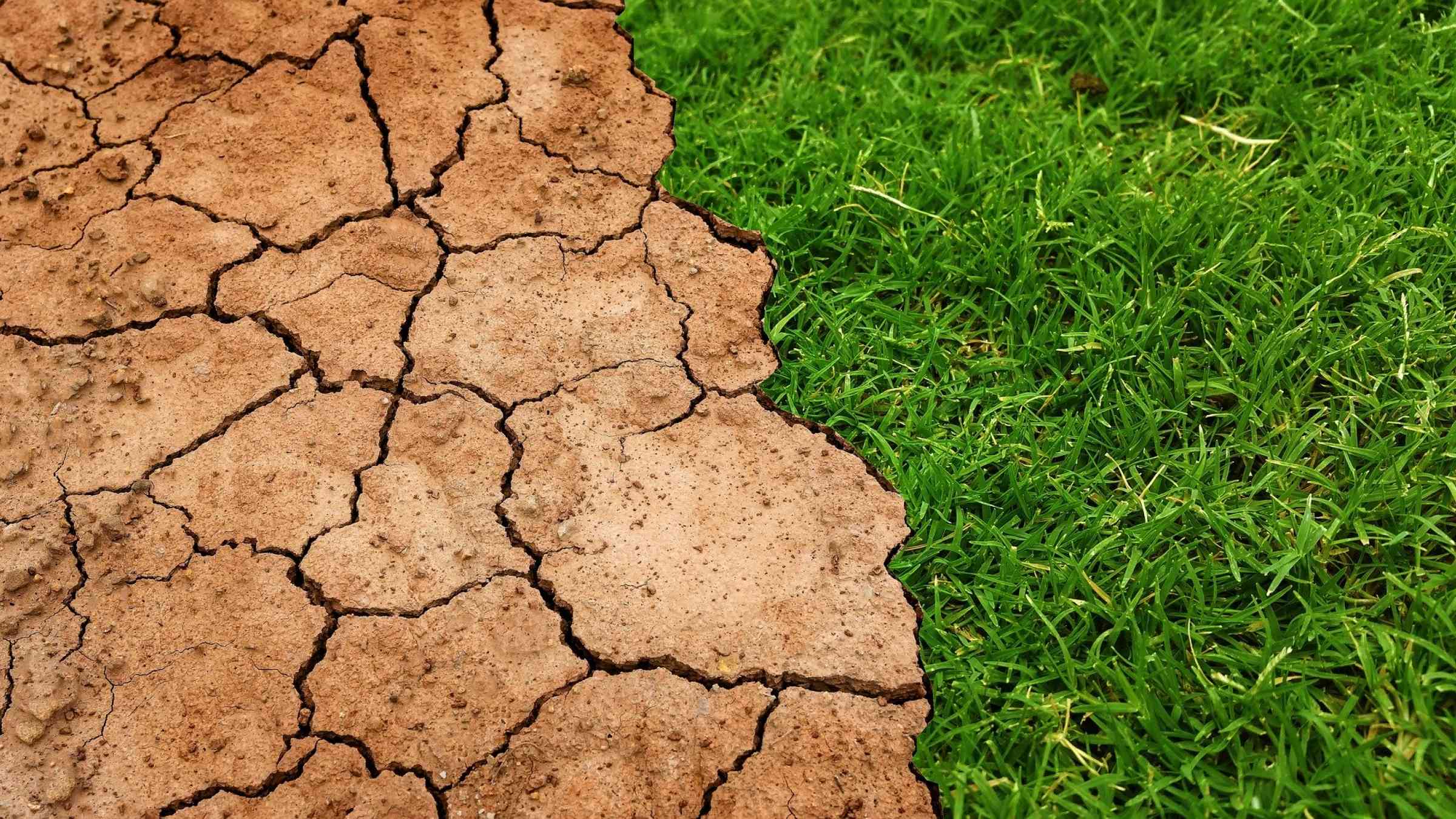Disaster risk management
Disaster risk management is the application of disaster risk reduction policies and strategies to prevent new disaster risk, reduce existing disaster risk and manage residual risk, contributing to the strengthening of resilience and reduction of disaster losses.
Annotation: Disaster risk management actions can be distinguished between prospective disaster risk management, corrective disaster risk management and compensatory disaster risk management, also called residual risk management.
- Prospective disaster risk management activities address and seek to avoid the development of new or increased disaster risks. They focus on addressing disaster risks that may develop in future if disaster risk reduction policies are not put in place. Examples are better land-use planning or disaster-resistant water supply systems.
- Corrective disaster risk management activities address and seek to remove or reduce disaster risks which are already present and which need to be managed and reduced now. Examples are the retrofitting of critical infrastructure or the relocation of exposed populations or assets.
- Compensatory disaster risk management activities strengthen the social and economic resilience of individuals and societies in the face of residual risk that cannot be effectively reduced. They include preparedness, response and recovery activities, but also a mix of different financing instruments, such as national contingency funds, contingent credit, insurance and reinsurance and social safety nets.
- Community-based disaster risk management promotes the involvement of potentially affected communities in disaster risk management at the local level. This includes community assessments of hazards, vulnerabilities and capacities, and their involvement in planning, implementation, monitoring and evaluation of local action for disaster risk reduction.
- Local and indigenous peoples’ approach to disaster risk management is the recognition and use of traditional, indigenous and local knowledge and practices to complement scientific knowledge in disaster risk assessments and for the planning and implementation of local disaster risk management.
- Disaster risk management plans set out the goals and specific objectives for reducing disaster risks together with related actions to accomplish these objectives. They should be guided by the Sendai Framework for Disaster Risk Reduction 2015‑2030 and considered and coordinated within relevant development plans, resource allocations and programme activities. National-level plans need to be specific to each level of administrative responsibility and adapted to the different social and geographical circumstances that are present. The time frame and responsibilities for implementation and the sources of funding should be specified in the plan. Linkages to sustainable development and climate change adaptation plans should be made where possible.
Related
Themes



